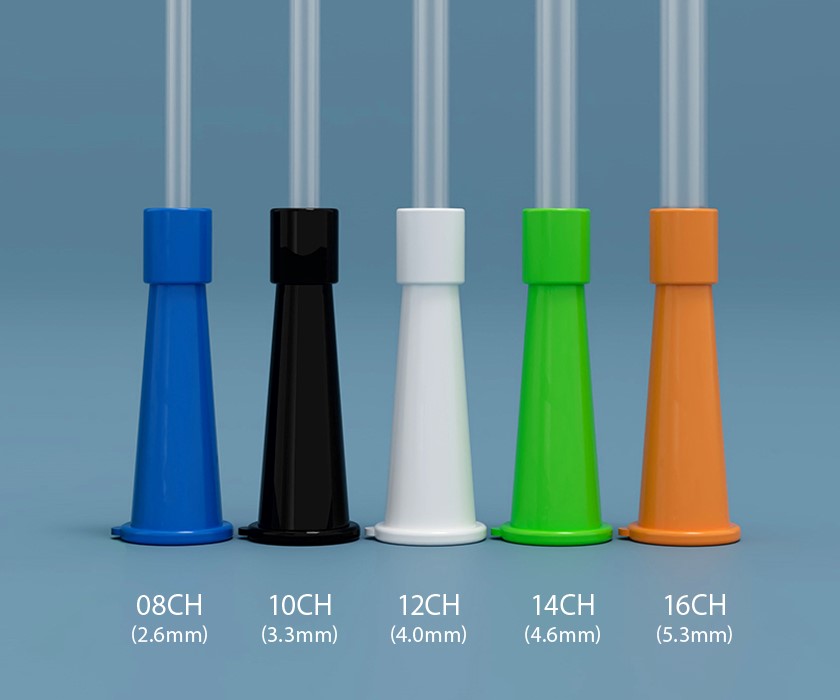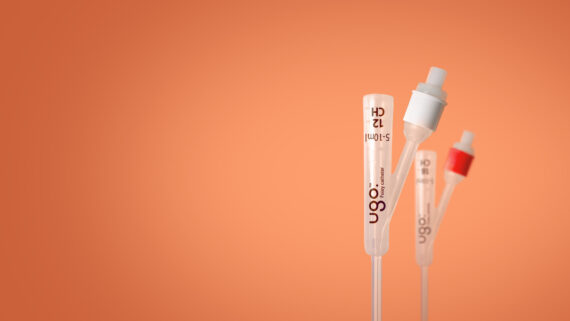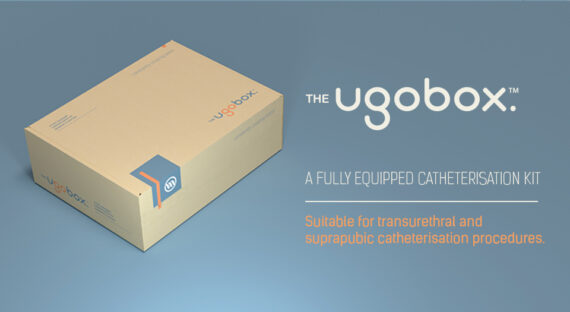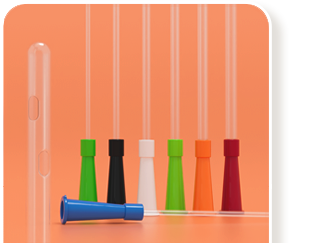A-Z of Intermittent Self-Catheterisation
Everything can seem quite overwhelming when you first begin working with Intermittent Self-Catheterisation (ISC). You will have had lots of testing, consultations and heard plenty of medical jargon by now. At Optimum Medical, we understand the importance of independence and want to make it as easy as possible for you to get started with ISC on your own.

What is Intermittent Self-Catheterisation (ISC)?
ISC is a form of catheterisation, where a catheter is inserted several times a day to drain urine and then removed. Unlike indwelling catheters, an intermittent catheter never stays in a person’s body for long periods of time and is used at different intervals during the day.
How will I know when to use my self-catheter?
The great thing about ISC is that it allows you to follow a routine. When you first begin self-catheterising, you might want to empty your bladder on a timetable, such as every 4 hours.
Generally, the frequency with which you catheterise is dictated by how much fluid you have drank, as most catheter users need to avoid filling their bladder over 500ml. So if you have had 500ml to drink, then you will need to use a catheter. However, this also depends on how well your bladder is emptying, you may be able to use a catheter whenever you feel the urge.
FIND OUT MORE: A guide to safe self-catheterisation and setting a routine
Will intermittent self-catheterisation (ISC) hurt?
You may feel some discomfort the first few times you self-catheterise. Most people will find it second nature to use their self-catheter after no time at all. If you experience any of the following symptoms, you should speak to your healthcare provider.
- Cloudy or smelly urine
- Pain when inserting your catheter
- Blood when inserting your catheter
How am I taught the procedure of self-catheterising?
The procedure will be taught to you by a clinical nurse specialist. They will ensure you know how to use your catheter safely and correctly when you first start self-catheterising. They will also support you if you have any queries or concerns.
How do you fit a self-catheter?
You might feel uncomfortable the first few times you use an ISC catheter. Your best course of action is to stay calm, take a few deep breaths and move as slowly as you can. Here is a step-by-step guide that will get you started.
For women:
1.Wash your hands well with soap and water.
2. Gently clean the genital area with soap and water. Be careful not to touch anything else other than your catheter once you have washed.
3. Part the labia with one hand and using your dominant hand insert the catheter into your urethra until it enters the bladder. You may find that using a mirror to help locate your urethra is helpful while you are getting used to this procedure.
4. When urine starts to flow, the catheter can be attached to a urine bag or drained directly into a toilet or jug. When the urine flow stops, retract the catheter by 2-3cm.
5. If urine flow starts again wait for it to stop, retract the catheter for another 1-2cm to drain the rest of the urine.
6. When the bladder is completely empty, slowly and gently remove the catheter. If you have any doubts, check the instructions for use that came with your catheter.
7. Dispose of the used catheter and any other used items in a disposal bag and place in the general household rubbish.
8. Wash your hands well with soap and water.
For men:
1. Wash your hands well with soap and water.
2. Gently clean the genital area with soap and water. Be careful not to touch anything else other than your catheter once you have washed.
3. Pull back your foreskin (if you have one) and hold your penis firmly up towards your stomach with one hand.
4. Insert your catheter with your dominant hand and be careful not to touch any part of the catheter that is to enter the bladder.
5. When urine starts to flow, the catheter can be attached to a urine bag or drained directly into a toilet or jug. When the urine flow stops, retract the catheter by 2-3cm.
6. If urine flow starts again wait for it to stop, retract the catheter for another 1-2cm to drain the rest of the urine.
7. When the bladder is completely empty, slowly and gently remove the catheter. If you have any doubts, check the instructions for use.
8. Dispose of the used catheter and any other used items in a disposal bag and place in the general household rubbish.
9. Wash your hands well with soap and water.
Although the procedure of self-catheterisation itself is safe, complications can occur, especially for patients performing self-catheterisation for longer periods. Some pain and blood may occur especially in the beginning due to irritation of the mucous membrane of the urethra. If symptoms persist, consult a Healthcare Professional.
FIND OUT MORE: Our full range of intermittent catheters
Can I change my intermittent catheter size?
Moving between the sizes may seem daunting but this one small change could make all the difference. Many see the Charriere (CH) size as a change in dress sizes but really, this tiny tweak could make things a whole lot easier for you. If you have any concerns or questions, you should discuss them with your Healthcare Professional – they’re best placed to advise you on the best size that fits.
Hunter Urology has a wide range of catheters in all sizes. As part of the Optimum Medical group, we can also advise on array of urology products you might need to use as well. So don’t be afraid to get in touch, we understand it can be overwhelming and we always do our best to help.
How can I use ISC safely when away from home?
All our catheters are designed to be used anywhere, easily and discreetly! Some even come with handy water sachets or can be used with water-based lubrication. You should always follow advice from your urology nurse specialist.
I have poor eyesight and find it difficult to handle a catheter. What can I do?
Many of our catheters are designed with function and cognitive needs in mind. Our catheters feature a 360-degree flexible tip and are red to help aid with positioning and insertion for people with poor eyesight.
If you are finding it difficult to catheterise by yourself, please speak with your Healthcare Professional to get the advice you need!.
Our range of intermittent self-catheterisation catheters and meatal dilators
Our Aloe Hydro + intermittent self-catheterisation catheter features our hydrophilic coating. The flexible tip is designed to ease insertion, making the Aloe Hydro + suitable for a wide range of ISC catheter users, including males with an enlarged prostate or ISC catheter users who have trouble or discomfort when inserting a standard nelaton tip ISC catheter.
Our Hunter Cath is a non-coated, DEHP-free ISC catheter with a smooth flexible tip.
The soft tip is designed to ease insertion, making the Hunter Cath suitable for a wide range of ISC catheter users, including those with a Continence Urinary Diversion (Mitrofanoff), males with an enlarged prostate or ISC catheter users who experience difficulty or discomfort when inserting a standard Nelaton tip ISC catheter.
Our Aloe Meatal + is a dilation catheter, designed for people living with, or at risk of developing urethral strictures. A urethral stricture is the narrowing of the urethra as a result of injury or illness, making it difficult to pass urine effectively. The Aloe Meatal + does not feature drainage holes for urine drainage, meaning it is unsuitable for use as an ISC catheter.
Our Aloe Original Intermittent Self Catheterisation (ISC) catheter (formerly known as Anti-bac) features our hydrophilic coating and a Nelaton tip. When activated using water, the water-based coating ensures the entire catheter is lubricated, reducing friction during insertion and removal.
Our Smooth Nelaton is a non-coated, DEHP-free ISC catheter with a Nelaton tip. The Smooth Nelaton is an ISC catheter, which features smooth rounded drainage holes to improve comfort during catheter insertion and removal.
Get a free sample of any of our products
"*" indicates required fields
Written by our Nurse Specialist Valerie Ward



